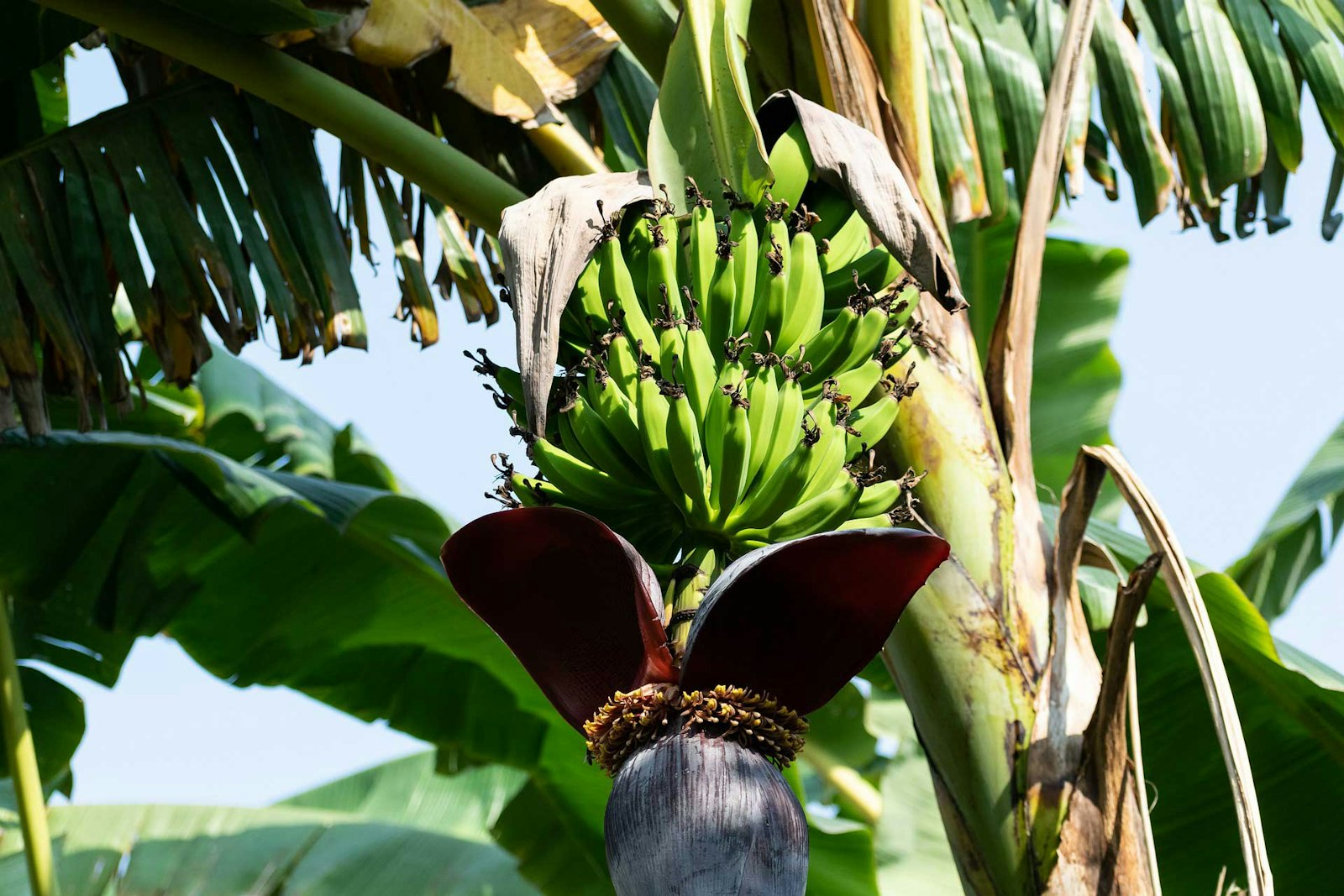The first time I tried to ply some of my handspun yarn, I went in the wrong direction. I had spun my singles clockwise, and I tried ever so hard to ply it clockwise, too. My excuse is that I was self-taught, no teacher, no book, no _Spin-Off _magazine (this was 34 years ago). I had never heard of S and Z directions. Maybe I was a little bit dense, too (my yarn was definitely dense! Not to mention kinky!) It was a good lesson in looking closely at yarn. Had I picked up any old piece of weaving or knitting yarn lying around the house (and there was plenty) and really looked at it, I wouldn't have made this mistake.

Looking at yarn is something we spinners do obsessively. How often have you picked a loose end out of a fabric and untwisted the plies just to see how it was made? How often have you picked up a bit of loose fiber and twisted it between your fingers just to see how it wants to behave? It quickly becomes second nature, once we start making our own yarn.
But even after 34 years of plying my handspun in a reasonable way, I still learned more than I would have thought possible while sitting in on Judith MacKenzie's video session , The Gentle Art of Plying. The most intriguing to me was matching ply direction to end use. I've had my yarn unply right before my eyes while crocheting, but never thought to figure out why. Same with certain embroidery stitches. I've noticed the unusual sheen of some woven damask fabrics, but never thought of how using different ply directions for warp and weft could enhance the effect. I have an old Peruvian fabric that looks like twill, but lo and behold, it's alternate stripes of S and Z spun/plied yarns. The Gentle Art of Plying helped me take a closer look to figure that out.
Well, ply direction is just the tip of the iceberg in this DVD set. I've always considered three plies sort of my personal limit, because I'm just a little lazy. But having watched Judith make splendid four-, five-, six-ply yarns and more, I see that the end result can be worth every bit of the time required to spin the different elements. And of course, you don't have to spin it all yourself. She using the plying process to combine or redesign commercial yarns, to combine handspun yarns with commercial yarns—anything is possible!
My cello teacher tells me repeatedly that getting my notes fingered accurately is important, but the real music is all in the bow. It's where the power, originality, and thrill of making music lives. I think there's a corollary in spinning. Making sound singles is basic and important, but the real power and creativity of making extraordinary yarn is in the plying. Maybe not such a gentle art, after all.
—Linda

